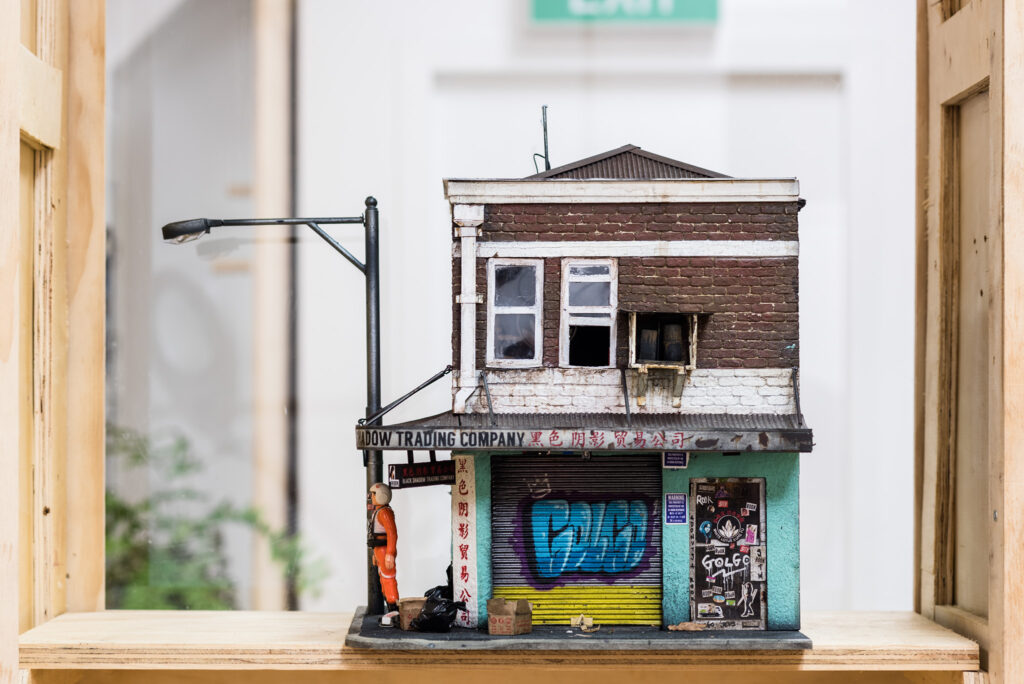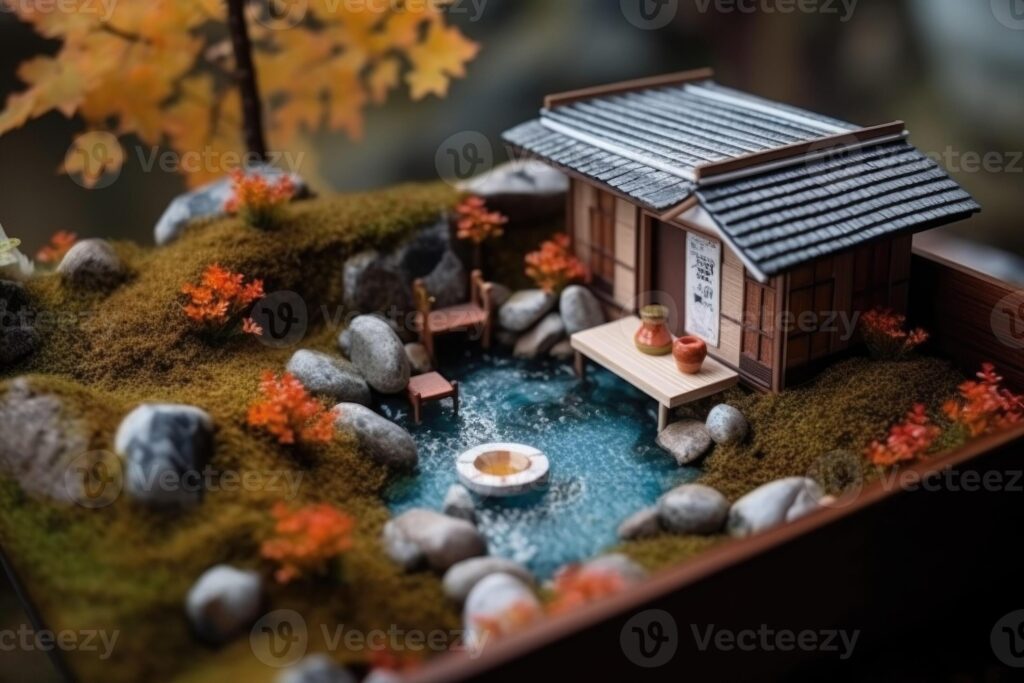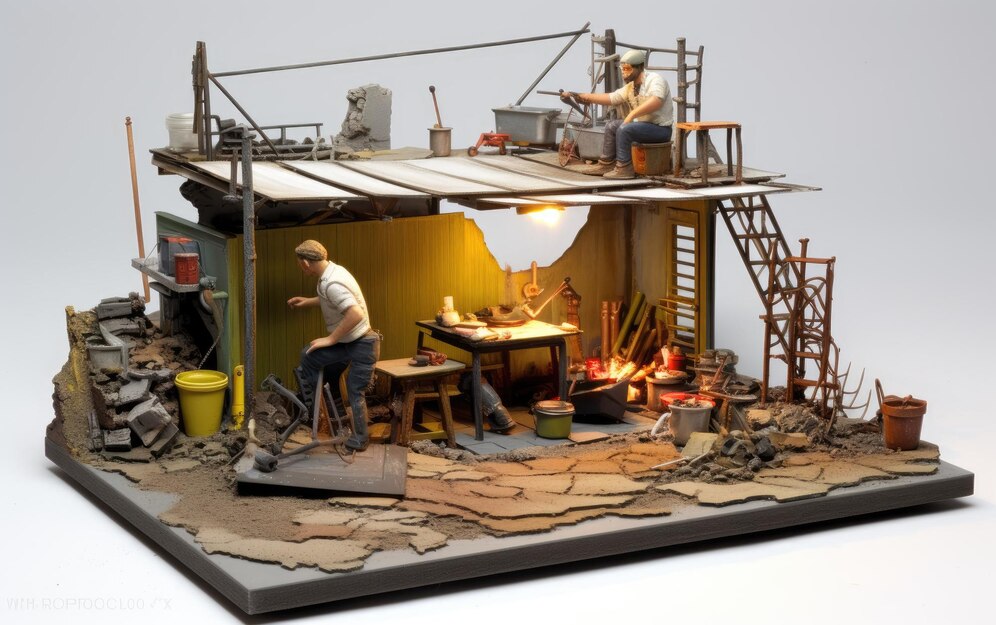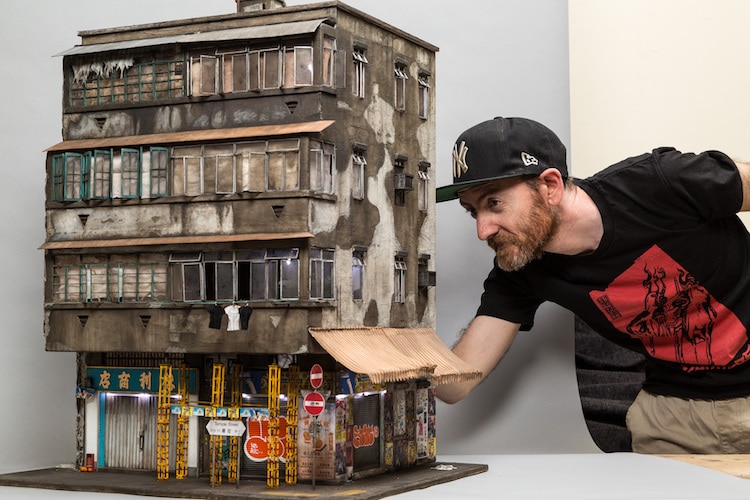Understanding Miniature Art
Miniature art is a form of artistic expression characterized by exceptionally small-scale creations, often intricate and detailed enough to be appreciated by the viewer. This genre can encompass various mediums such as painting, sculpting, and mixed media, allowing artists to explore their creativity in both traditional and contemporary contexts. Historically, miniature art has roots that trace back centuries, with its origins found in illuminated manuscripts and decorative arts in various cultures, including those of Europe, Asia, and the Middle East.
The techniques used in crafting miniature art can vary widely, requiring a high level of precision and skill. Artists typically employ fine brushes or tools to achieve detailed work that often relies on a delicate touch. Common themes present in miniature art range from historic events, landscapes, and portraits to fantastical scenes, animals, and abstract concepts. Artists may also experiment with different materials like wood, clay, and metal, often combining them to create unique works that can stand alone as pieces of art.

Moreover, the cultural significance of miniature art should not be underestimated. Different societies have employed miniature art forms to convey narratives, preserve historical accounts, or emphasize personal and communal identities. For instance, Persian miniature painting has long been revered for its elaborate storytelling and vivid colors, while Indian miniatures display intricate details that reflect both religious and secular subjects. These small-scale artworks often carry profound meanings that resonate with viewers, prompting them to appreciate the artistry and the cultural stories woven into each piece. By understanding the elements that define miniature art, one can gain a deeper appreciation for its enduring appeal and relevance in contemporary artistic practices.
Exploring Diorama Building
Diorama building is a fascinating form of three-dimensional artistry that involves creating a miniature representation of a scene or an event. These detailed models serve to illustrate narratives, environments, or specific moments in time, often employing realism to engage the viewer’s imagination. The primary goal is to transport the observer into a different world, encapsulating the intricacies of a particular setting through meticulous craftsmanship and creativity.
In crafting dioramas, a range of materials is utilized to bring the scene to life. Common components include foam, cardboard, clay, and various found objects that can enhance the texture and authenticity of the environment. For instance, foam might be used for terrain, cardboard can create structured buildings, and clay allows for sculptural details that add depth. Additionally, artists may incorporate natural elements, such as twigs or grass, to mimic real-life landscapes, thereby creating an immersive experience.
The techniques involved in diorama building vary greatly and can be tailored to fit the artist’s vision. From layering paint to simulate depth in terrains to employing lighting to set the mood, the methods chosen can greatly influence the final appearance of the diorama. Attention to detail is paramount, as even the smallest components can have a significant impact on the overall composition and realism of the diorama.
Dioramas are not only a form of artistic expression but also serve practical purposes in educational settings and storytelling. They can effectively illustrate historical events, ecosystems, or artistic narratives, making them valuable tools for both teaching and learning. The engaging nature of dioramas captures the interest of students and audiences alike, fostering a deeper understanding of the subjects they depict. Thus, diorama building stands as a unique intersection of art, education, and storytelling, inviting creators to explore their imaginations while conveying meaningful messages.
Key Differences Between Miniature Art and Diorama Building
Miniature art and diorama building are two distinct forms of creative expression that, while sharing some similarities, serve different purposes and engage viewers in unique ways. One of the primary differences lies in their intended purpose. Miniature art is often conceived as a standalone piece, designed for aesthetic appreciation and artistic value. Artists in this realm focus on intricate details, craftsmanship, and visual appeal, aiming to evoke feelings or thoughts in the viewer. Each miniature piece can be self-contained, showcasing a specific scene or concept, allowing the viewer to interpret the work in a personal context.
Conversely, diorama building typically incorporates a narrative element. Dioramas are often created to tell a story, illustrate a historical event, or convey educational content. They serve as a tool for storytelling, often integrating multiple scenes or a progression of action that draws viewers into the constructed environment. This narrative aspect influences the creative process, with builders focusing on how to effectively communicate a story through scene composition, choice of materials, and contextual details.

Another key difference is found in viewer interaction. Miniature art invites viewers to appreciate the fine details and craftsmanship from a distance, often creating a contemplative experience. In contrast, dioramas encourage more immersive engagement. Viewers are invited to explore different angles and perspectives, discovering intricate details that contribute to the narrative. The dynamic relationship between a diorama and its audience can create a more interactive experience, as viewers may be prompted to reflect on the story being presented.
In summary, while both miniature art and diorama building share a foundation in meticulous craftsmanship, their distinctions lie in purpose, creative approach, and viewer engagement, shaping the unique experiences they offer to their audiences.
Conclusion: Embracing Both Forms of Art
As we reflect on the nuances between miniature art and diorama building, it becomes clear that both forms represent vital expressions of creativity. While they may differ in focus and technique—miniature art often entrancing viewers with intricate detail and realism, and diorama building immersing audiences in narrative environments—they both emerge from the same artistic impulse: the desire to create and share a vision. This shared foundation is what makes them not only unique but also complementary.

The significance of both miniature art and dioramas in the art world cannot be overstated. They provide artists with avenues for craftsmanship, storytelling, and innovation, showcasing a range of skills from meticulous construction to imaginative design. As artists continue to explore the boundaries of these genres, many find inspiration in the reciprocal nature of their work. For instance, certain miniature scenes can be effectively utilized within dioramas, thereby offering a dynamic interplay between the two forms, enriching the storytelling experience and visual engagement.
Moreover, the evolving nature of artistic expression allows for endless possibilities, leading creators to fuse elements of miniature art with diorama techniques. Doing so not only broadens the scope of what is possible but also encourages artists to think outside traditional confines, celebrating the art of craftsmanship in novel ways. The result is an enriched culture that embraces experimentation while honoring the established traditions of both art forms.
In conclusion, embracing both miniature art and diorama building presents an opportunity for artists and enthusiasts alike to appreciate the intricacies of each medium. By recognizing their distinct yet harmonious qualities, art lovers can cultivate a deeper respect for the craftsmanship and creativity involved in these expressive forms, fostering a community that values diversity in artistic expression.





